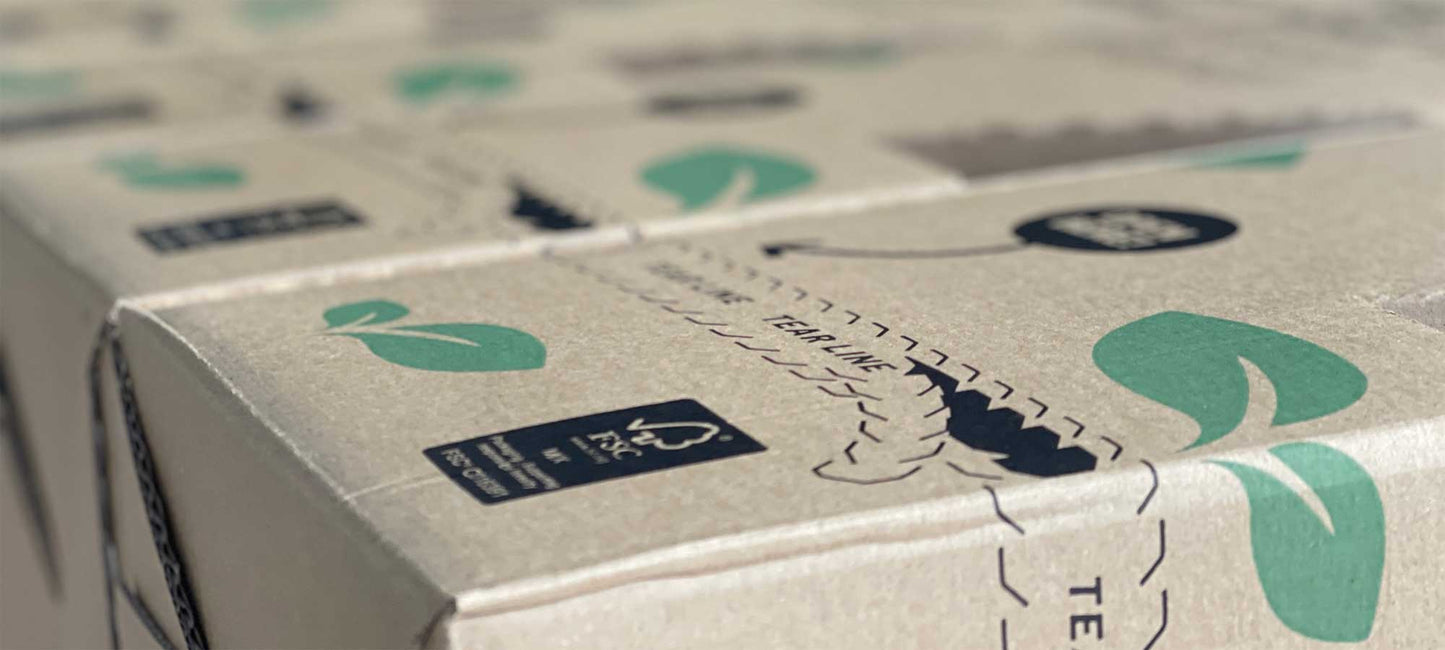
Agave filifera 13cm
Τιμή προσφοράς
€12,00
Κανονική τιμή €10,00Agave filifera 13cm Care & Tips

This store requires javascript to be enabled for some features to work correctly.
Συνώνυμα: Agave filamentosa, Agave filifera var. filamentosa
Οικογένεια: Agavaceae • Διάμετρος γλάστρας: 13 εκ • Ύψος: ~15 εκ
Ροζέτα με λέιζερ – Τόσο όμορφη που ξεχνάς πως μπορεί να σε τρυπήσει 😅
Η Agave filifera δεν περνά απαρατήρητη: σκούρες, μυτερές λεπίδες σχηματίζουν άψογη ροζέτα, από την οποία ξεπροβάλλουν λευκές, ινώδεις «κλωστές» σαν σκόπιμο ξέφτισμα. Μοναδική και γεωμετρική, με γοητεία που «γράφει» από κάθε γωνία, είναι φτιαγμένη για φως και θέα — ένα statement κομμάτι για μπαλκόνια, βραχόκηπους και μοντέρνα κασπώ.
Σε ηλιόλουστα σημεία με πολύ καλή αποστράγγιση και αερισμό — βεράντες ή σκεπαστούς εξωτερικούς χώρους. Σε μεγάλες γλάστρες με τρύπες, όπου η πυκνή ροζέτα διαβάζεται καθαρά και οι λευκές ίνες δημιουργούν κοντράστ.
Η Agave filifera είναι ιθαγενής των ξηροθερμικών ζωνών του κεντρικού–νότιου Μεξικού. Απαντά σε λοφώδεις πλαγιές, βραχώδη πρανή και ανοιχτούς θαμνώνες με φτωχά, πετρώδη υποστρώματα (ηφαιστειακά ή ασβεστολιθικά), συνήθως σε υψόμετρα με ήπιο χειμώνα και θερμά, ξηρά καλοκαίρια. Εκεί, οι ρίζες της «δουλεύουν» βαθιά σε ρωγμές πετρώματος ώστε να αξιοποιούν ελάχιστη εδαφική υγρασία.
Το χαρακτηριστικό «ξέφτισμα» στα περιθώρια των φύλλων —οι λευκές ίνες/«νήματα»— οφείλεται σε απολέπιση παλαιότερων επιδερμικών στρωμάτων που παραμένουν ινώδη, δίνοντας στο είδος την κοινή ονομασία «ινώδης αγαύη». Αυτό το γνώρισμα, μαζί με την αυστηρή συμμετρική ροζέτα, το έκανε περιζήτητο από συλλέκτες παχύφυτων και σχεδιαστές ξηροφυτικών κήπων.
Στην καλλιέργεια καθιερώθηκε διεθνώς τον 20ό αιώνα με την άνοδο του xeriscaping, λόγω αντοχής σε ξηρασία και καθαρής αρχιτεκτονικής φόρμας. Πολλαπλασιάζεται κυρίως αγενώς (παραβλαστήματα) για να διατηρείται το τυπικό σχήμα και η συμπαγής ανάπτυξη. Παρουσιάζει φυσική παραλλακτικότητα στα «νήματα» και στο πάχος των φύλλων, κάτι που εξηγεί τις ήπιες μορφολογικές διαφορές που βλέπουμε από φυτό σε φυτό.
| 🔎 Στοιχείο | Πληροφορία |
|---|---|
| 🌿 Επιστ. όνομα | Agave filifera |
| 🪴 Γλάστρα/Μέγεθος | 13 εκ • ύψος ~15 εκ (τρέχον) |
| 🌤️ Φως | Άφθονο άμεσο φως / ημισκιά |
| 💧 Πότισμα | Αραιό — μόνο όταν στεγνώσει τελείως |
| 🧪 Υπόστρωμα | Ορυκτικό, πολύ στραγγερό (ελαφρόπετρα/περλίτης/άμμος) |
| 📏 Τελ. μέγεθος | Μεσαία ροζέτα, αργή ανάπτυξη |
| ☠️ Τοξικότητα | Μη τοξικό — προσοχή μόνο στις αιχμές/ινώδεις άκρες |
Ναι — αποδίδει καλύτερα σε άφθονο φως· αντέχει και ημισκιά.
Αραιά και βαθιά, μόνο όταν το υπόστρωμα στεγνώσει πλήρως.
Ιδανική για εξωτερικές γλάστρες με τρύπες και πολύ καλή αποστράγγιση.
Όχι — θεωρείται μη τοξική. Ωστόσο οι αιχμές/ίνες μπορεί να τραυματίσουν, οπότε χρειάζεται προσοχή.
© Original plant description by Greenleaf Garden Center. All rights reserved. | Το κείμενο αποτελεί πρωτότυπο υλικό. Απαγορεύεται η αντιγραφή (Νόμος 2121/1993).
🔎 Σημείωση: Λόγω της φυσικής ποικιλομορφίας των φυτών, το φυτό που θα παραλάβεις ενδέχεται να διαφέρει ελαφρώς από αυτό της φωτογραφίας. Η μορφή, το μέγεθος ή ο χρωματισμός εξαρτώνται από την εποχή, τις συνθήκες καλλιέργειας και τη φύση του κάθε φυτού.
